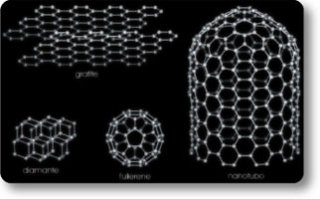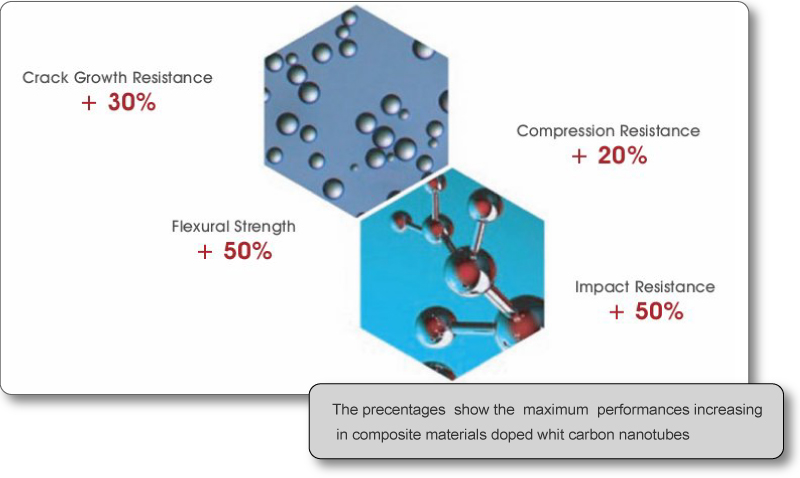Applied research is the future
Altering molecular structure to get better materials, more effective, long lasting and high quality instruments.
This is the promise enclosed in Carbon Nanotubes, nanoscopical particles able to combine with a lot of different materials, like fabric, plastic, leather and metallic alloys. A kind of molecular doping which can boost, through an easy operation, a wide range of performances: abrasion, tensile stress and heat resistance, lightness and flexibility.
Now Pangaia Grado Zero keep control over this technology, at the end of a long route of partnership and cooperation with a high-skilled French-American research company, first in the world to develop this technology.
Pangaia Grado Zero is today able to supply this opportunity to any professional and any company looking to cross the threshold of traditional materials.
You can contact Pangaia Grado Zero for a free technical advice in order to check, in actual fact, feasibility and effectiveness of this new nanotechnology.
DEVELOPMENT AND POTENTIAL
Carbon Nanotubes are made of hollow pipes, whose sides consist only of carbon atoms. Nevertheless these pipes have an inner size of some nanometres (millionth part of a millimetre) and total length of few millimetres (usually of some micron, millionth part of a metre).
Nanotubes are made only of carbon atoms, bound together to create a stiff structure that grant the material good physical and mechanical features: carbon atoms' bond is the strongest bond existing, therefore a structure made of this kind of bonds gain a really high resistance to deformation.
A synthetic fibre made of carbon nanotubes will be the strongest fibre ever made: a carbon nanotube has 100 times more tensile stress resistance than a steel bar, with 1/6 weight.
It is to underline that nanotubes are not only really tensile stress resistant, but also distinguished by a remarkable flexibility: they can be bended to 90°, and they don't get broken or damaged.
The extreme resistance, combined with great flexibility, makes these nanotubes the best solution to strengthen up fibres in high-performance composite materials, replacing traditional carbon fibre, kevlar or glass fibre. From this point of view, it is really easy to understand the reasons of such a widespread research, through last years, for nanotubes integration in composite matrices.
(Physical-mechanical boosting for high-performance composite materials).
Today, we are able to use those strengthening nano-structures with any kind of resins, achieving a considerable increase of resin's mechanical characteristics.
At the same time, we can put carbon nanotubes into any kind of synthetic fibre during the extrusion process of the fibre itself, in order to grant it unequalled properties.
APPLICATIONS
Those major research issues, as tuning and definition of achieved properties, are showing very interesting results, directly turned into good hints for a whole new set of researches in all those fields where you can gain large improvements through the use of high-performance plastic materials (for example, aerospace, sporting, transport, hig-tech textile fields ).


